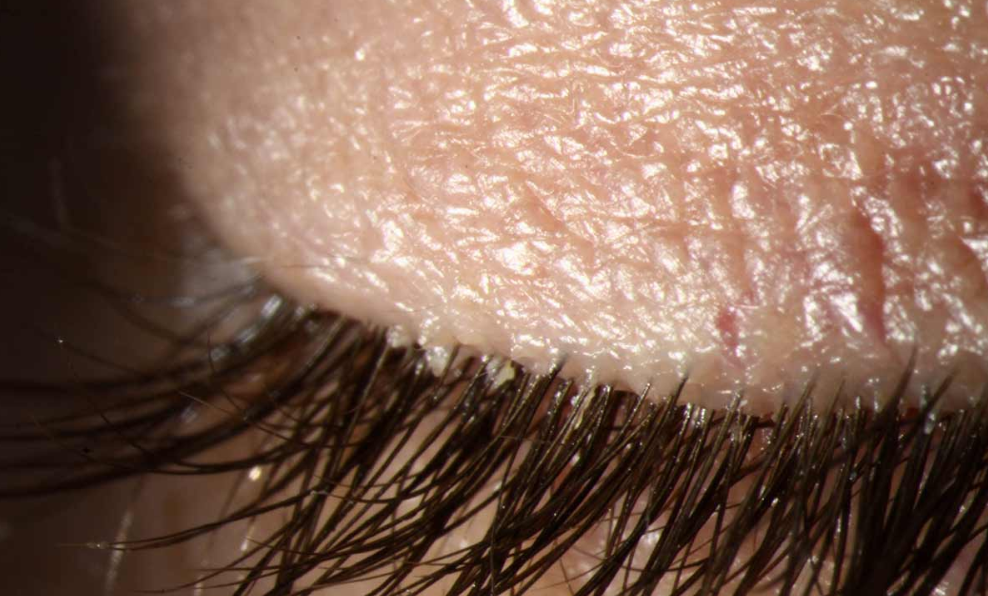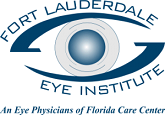Understanding Demodex Mites and Blepharitis: Causes, Symptoms, and Advanced Treatment Options
Blepharitis is a common but often misunderstood condition that affects the eyelids, leading to discomfort, irritation, and in some cases, serious complications if left untreated. One of the lesser-known causes of blepharitis is an infestation of Demodex mites, microscopic organisms that naturally live on human skin.
What Are Demodex Mites?
Demodex mites are tiny, parasitic organisms that inhabit the hair follicles and sebaceous glands of mammals. While two species, Demodex folliculorum and Demodex brevis, are commonly found on human skin, their presence often goes unnoticed. In healthy individuals, these mites typically exist without causing problems. However, when their population grows uncontrollably, they can lead to inflammation and irritation, contributing to conditions like blepharitis.

How Demodex Mites Cause Blepharitis
Blepharitis associated with Demodex mites typically occurs when these organisms infest the base of the eyelashes. Their activity can disrupt the normal functioning of the eyelid’s oil glands, leading to inflammation. Additionally, the waste products and debris from the mites can trigger an immune response, further exacerbating the condition.
Common signs that Demodex mites may be contributing to blepharitis include:
- Itchy, red, and swollen eyelids
- Crusty debris or dandruff-like flakes at the base of the eyelashes
- A sensation of burning or grittiness in the eyes
- Persistent dry eye symptoms that do not respond to conventional treatments
- Eyelash loss or misdirected eyelashes
Who Is at Risk?
While Demodex-related blepharitis can affect individuals of all ages, certain factors increase susceptibility:
- Age: Older adults tend to have higher populations of Demodex mites due to changes in skin composition and oil production.
- Rosacea: This skin condition is strongly associated with elevated levels of Demodex mites, making affected individuals more prone to blepharitis.
- Compromised Immune System: Individuals with weakened immune systems are more likely to experience mite overgrowth.
- Poor Eyelid Hygiene: Inadequate cleaning of the eyelids can create an environment where mites thrive.
Diagnosing Demodex-Related Blepharitis
Proper diagnosis is crucial for effective treatment. At the Fort Lauderdale Eye Institute, we use advanced diagnostic tools to identify the presence of Demodex mites. Our specialists may:
- Examine the base of the eyelashes under a microscope to detect mites or their eggs.
- Assess your symptoms and review your medical history to rule out other causes of blepharitis.
- Perform meibomian gland evaluations to determine the impact of mite activity on oil production.
Treatment Options for Demodex Mites and Blepharitis
Managing Demodex-related blepharitis requires a comprehensive approach that targets the underlying cause. At the Fort Lauderdale Eye Institute, we offer state-of-the-art treatments designed to restore comfort and improve eye health.
- Lid Hygiene and Cleansing Good eyelid hygiene is the cornerstone of treatment. Specialized cleansers containing tea tree oil are particularly effective, as tea tree oil has natural acaricidal properties that help eliminate mites. Our team will guide you in proper eyelid cleaning techniques to reduce mite populations and alleviate symptoms.
- Thermal Treatments Innovative thermal treatments can address meibomian gland dysfunction, a common complication of Demodex-related blepharitis. These treatments apply heat and gentle pressure to unclog oil glands, improving tear production and reducing inflammation.
- Topical Medications In some cases, prescription medications may be necessary. Topical ivermectin and other anti-parasitic agents can effectively reduce Demodex mite populations. Antibiotic or anti-inflammatory drops may also be prescribed to address secondary bacterial infections or inflammation.
- In-Office Procedures For severe cases, in-office procedures such as may be recommended. This treatment involves using a specialized device to exfoliate the eyelids and remove debris, biofilm, and mites. It is a quick and painless procedure that provides long-lasting relief.
Prevention and Long-Term Management
Preventing a recurrence of Demodex-related blepharitis requires ongoing care and vigilance. Some key strategies include:
- Practicing daily eyelid hygiene using recommended cleansers.
- Avoiding the use of expired or contaminated eye makeup.
- Scheduling regular eye exams to monitor eye health and address issues early.
Why Choose Fort Lauderdale Eye Institute?
With over 50 years of experience, the Fort Lauderdale Eye Institute is a trusted leader in advanced medical and surgical eye care. Our team is committed to providing personalized care tailored to each patient’s unique needs.
Take the First Step Toward Relief
Don’t let the discomfort of blepharitis interfere with your daily life. If you suspect Demodex mites may be the cause of your symptoms, schedule an appointment today by calling 954-741-5555.






